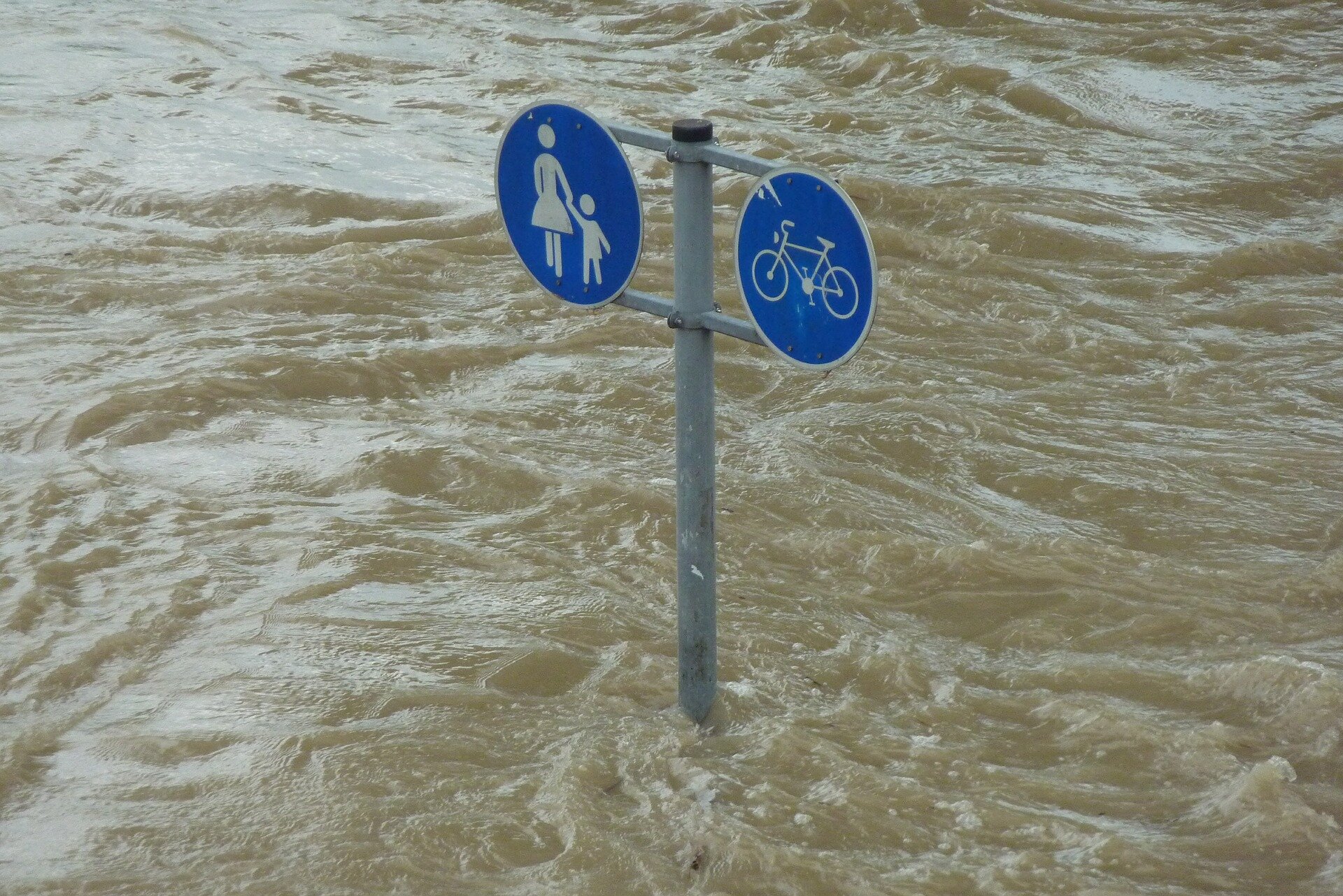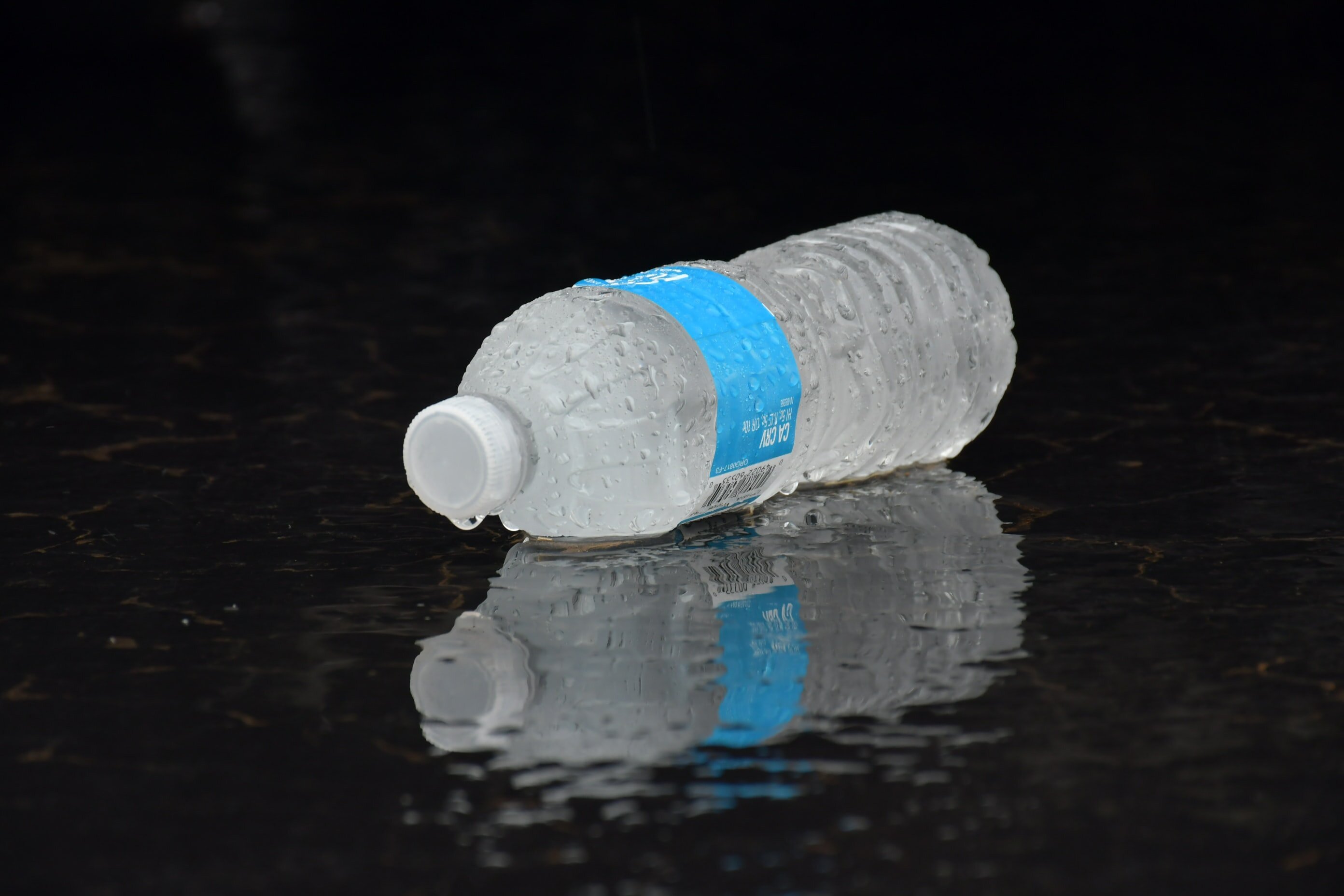- Brett Favre tells Congress he's been diagnosed with Parkinson's
- Healthy Returns: Weight loss drug Wegovy could face Medicare price negotiations next
- Asia-Pacific markets set for mixed open; Hong Kong's Hang Seng poised to rise 4%
- Nvidia shares pop as CEO may be done selling shares after hitting preset plan limit
- Justice Department accuses Visa of debit network monopoly that affects price of 'nearly everything’
What do you believe is the single most important factor driving up the cost of living in Nigeria?

Channel conveyance and flood risk: Are current models missing the mark?
River floods are environmental hazards that can have devastating effects on human life, agriculture, and infrastructure. Hydrologic models are used to map flood hazards to better understand risk, dictate insurance costs, and inform land-use planning. However, new research being presented Wednesday at the Geological Society of America's GSA Connects 2024 meeting suggests that these models may be missing a key variable that could underestimate risk.
Channel conveyance—or the volume of water a river channel can hold in its banks—is calculated by measuring the depth and width of a river channel. Most hydrologic models assume that channel conveyance is constant, but this is based on periodic measurements that can be taken decades apart.
Brooke Santos, the presenter, questioned the consistency of channel conveyance and worked with the Yanites' Research Group at Indiana University (IU) to better understand the relationship between channel conveyance and flood hazards.
The team collected aerial images and used structure from motion photogrammetry to make 3D reconstructions of river landscapes before, immediately after, and six years following Typhoon Morakot, Taiwan's deadliest recorded typhoon. Santos measured channels at each interval and identified up to 10 m of sediment deposition in rivers immediately following the typhoon.
"There's a thought that flooding incises, or removes, the sediment in a channel, but we're seeing that floods actually deposit a significant amount of sediment into these channels," says Santos. "This increased sediment will impact channel conveyance because it changes the river's depth."


- September 24, 2024
Archaeologists use AI to find hundreds of geoglyphs in Peru's Nazca Desert

- September 25, 2024
Microchip can save millions of liters of milk from going down the drain

- September 25, 2024
New study reveals a countdown to save oceans from plastic pollution

- September 25, 2024
Health Matters Across Nigeria (August Edition)


- September 24, 2024
Research reveals best conditions for storing graphene oxide


- September 25, 2024
Brett Favre tells Congress he's been diagnosed with Parkinson's

- September 25, 2024
New AI model breaks barriers in cross-modality machine vision learning

Subscribe to our mailing list to get the new updates!

Subscribe our newsletter to stay updated
Thank you for subscribing!



